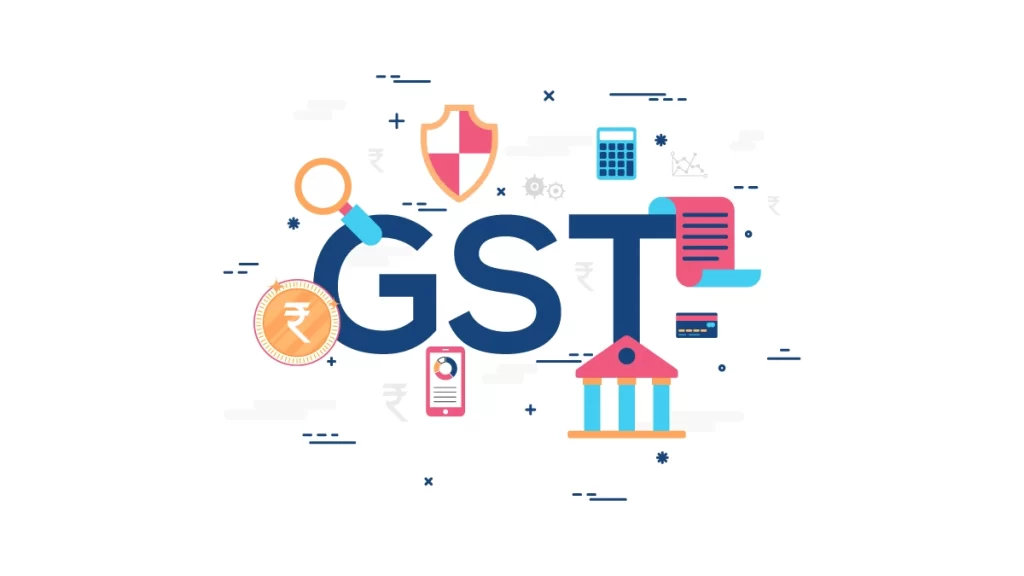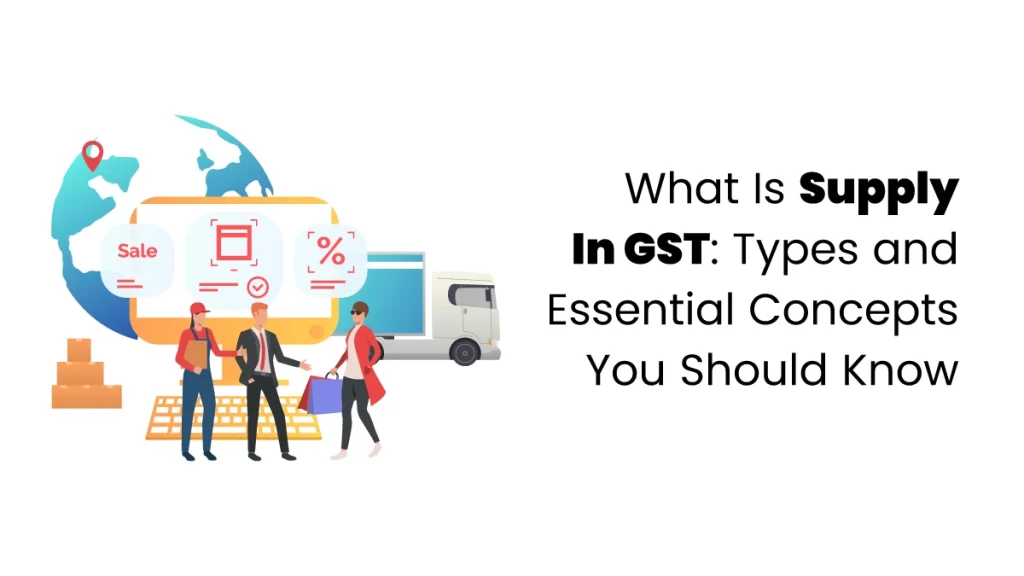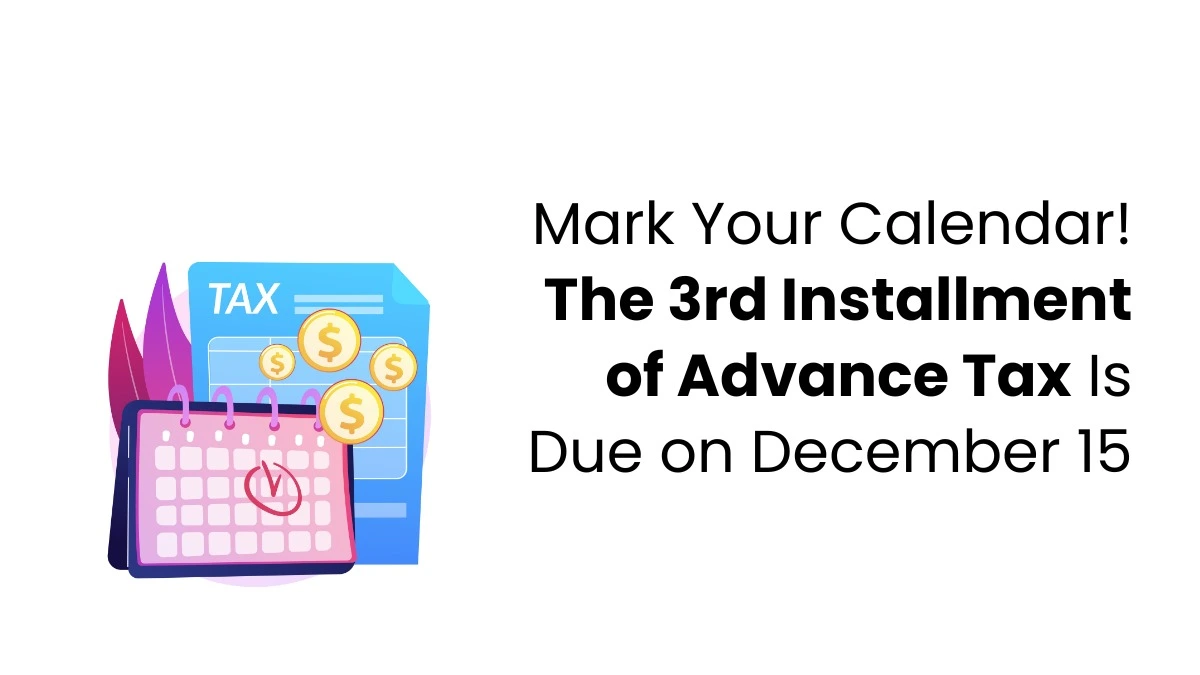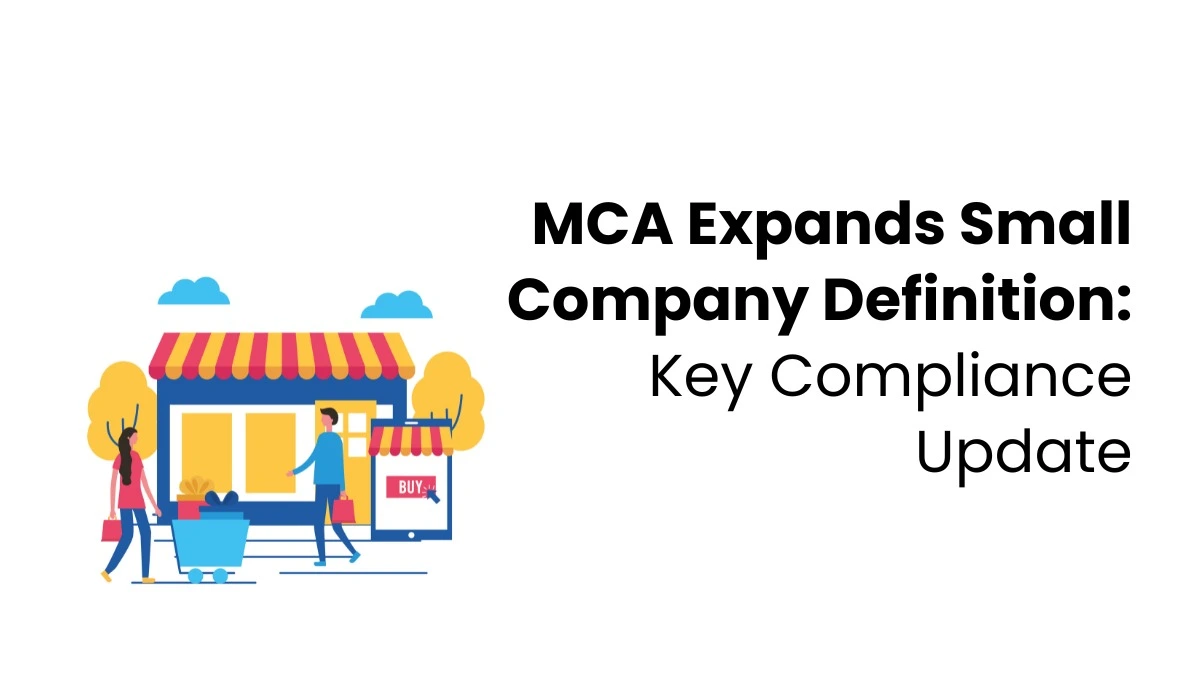Do you want to know what Supply is in GST? This blog will provide you with all the details, and this knowledge can help you expand the scope of your record-keeping to attain your goals easily. During the indirect tax regime, there was no concept of supply. At that time, there were excise duty, Service Tax, and VAT charges. The present system has merged all these taxes to maintain a single taxable event. This concept of Supply comes under the GST Act 2017. Let’s understand more about Supply in GST.
What is Supply in GST?
Under GST, Supply is mentioned as a taxable event for charging tax. These are occurring in
- In cases of exchange of goods and services
- Transfer of ownership
- In case of licensing for using the owner’s property
Please note the liability to pay tax arises at the ‘time of supply of goods or services’. Importing services and goods for corporate or personal use is also mentioned in the concept of supply.
According to Section 7 of CGST, supply includes sale, transfer, barter, exchange, license, rental, lease, or disposal made in the course of business. In the CGST Act, Schedule 1 clearly states the transactions between related parties or distinct entities even without consideration. This 1st schedule also mentions permanent transfers and disposal of business assets, and also the supply of goods from principal to agent and vice versa.
Types Of Supply in GST
- Taxable Supply: According to an intra-state or inter-state transaction, this supply is subject to GST (CGST, SGST, or IGST). SGST and CGST are taxes on transactions within the state (by the state and central governments, respectively), while IGST applies to transactions between states and on imports/exports by the central and state governments.
- Exempt Supply: For food items, raw materials, agricultural products, hand tools, hearing aids, etc., and for specific services such as healthcare services, agricultural services, charitable services, religious services, etc, no GST will be levied.
- Intrastate Supply: This consists of the supply of goods and services within the same state or territory. This Supply attracts CGST and SGST.
- Interstate Supply: Supply of Goods and Services between various states or union territories or to/from outside India. This Supply attracts IGST also.
- Composite Supply: When two or more products are naturally bundled together and prepared for supply, that is the principal supply. This is taxed at the rate of the principal supply.
- Mixed Supply: When two or more products are not naturally bundled but are sold at a combined price, a high GST rate will be applicable.
- Zero-Rated Supply: There are supplies related to exports or those destined for Special Economic Zones (SEZs). There is zero GST, but still, ITC can be claimed and refunded.
- Deemed Supply: These are the supplies listed in Schedule 1, regardless of consideration.
Components & Supply Of GST
GST is a comprehensive tax imposed on the supply of goods and services, and understanding what is supply in GST is fundamental to knowing how it works. It has replaced multiple indirect taxes. The key components of GST are:
- Central Goods and Services Tax:
This is the tax levied by the central government on intra-state supplies, and the revenue will go to the central government.
- State Goods & Service Tax:
This is the tax levied by the central government on intra-state supplies, with the revenue going to the state government.
- Integrated Goods and Services Tax:
This tax is levied by both the central and state governments on inter-state supplies (between different states) and on imports and exports
4. Union Territory Goods and Services Tax:
This is the tax that is levied by the Union Territory Government on Intra-Union Territory Supplies.
Why is it important To Know About Supply In GST?
You must know about what is supply in the GST due to the following reasons:
- You are tax liable under the GST Act; therefore, every transaction without consideration is also included in the concept of supply. If you correctly identify the supply, it will result in the correct tax application (CGST, SGST, IGST).
- You must understand which taxes are exempt and liable so that the procedures will be easier for you.
- Understanding Supply will also enable businesses to determine eligibility for ITC.
- You should know the nature of supply, which gives you an idea of the applicable tax type under the place and time of supply rules.
- Clear knowledge of Supply will help you to avoid disputes in the name of transactions like composite or mixed supplies.
- A proper understanding of supply will also include efficiency.
What are the Characteristics of Taxable Supply?
The characteristics of taxable Supply are:
- The supply includes the provision of goods, services, or a combination thereof, as mentioned in Section 7 of the CGST Act.
- This Supply includes payment or consideration in businesses. However, there are some exceptions also. Those supplies without consideration (e.g., as per Schedule 1, relatable-party transactions, or permanent asset transfers) are also taxable.
- The Taxable Supply must be there in connection with business activities such as commerce, trade, or profession, as it is a necessary one in the long run.
- The Taxable supply also excludes supplies in Schedule 3 (employee services to employers) and specifically tax-exempt food items, etc.
- It determines tax liability based on whether the transaction is intra-state or inter-state.
- The supplier must register to become tax liable.
- This supply is valuable based on transaction value or GST valuation rules that determine the tax amount.
What is the importance of the place of supply under GST?
You should understand that the place of supply under GST is very important because it determines which state’s GST applies to a particular transaction. This concept is closely connected to what is supply in GST, as understanding it helps identify when and where a transaction becomes taxable. This information is needed for deciding whether IGST or CGST+SGST should be charged.
Place of Supply of Goods (Section 10 & 11 of IGST Act) says that for domestic supplies of goods, the place of supply is generally where the delivery stops for movement of supplies. It is also where goods are made available to the recipient for non-movement supplies, similarly, where goods are installed/assembled, and are taken on board for supplies. Special provisions under Section 11 of the IGST Act apply to imports and exports.
In the place of supply of Services (Section 12 & 13 of IGST Act), it is said that the place of supply of services depends on whether the recipient is registered under GST, the type of service provided, the location of immovable property for property-related services, and the place of performance for services like events.
Also note that Section 12 deals with domestic services (supplier and recipient in India), while Section 13 covers international services (supplier or recipient outside India).

What Is The Importance Of the Time Of Supply Under GST?
A Goods and Services Tax course can help you clearly understand how GST works and when tax liability arises for different transactions. Knowing the time of supply is a key part of this, as it helps determine the exact point when tax becomes payable. This information is crucial for tax compliance and reporting.
According to Section 12 of the CGST Act, the time of supply of goods is the earliest of the date of issue of the invoice, the last date when the invoice should be issued, and the date of receipt of payment. Small businesses under the composition scheme will get some benefits, as will those who have to remit tax under the reverse charge.
According to section 13 of the CGST Act, in the case of services, the time of supply of services is the earliest of the date of issue of invoice (if issued within the prescribed period), the Date of provision of service (if invoice not issued within the prescribed period), or the Date of receipt of payment.
What Do You Mean By Value Of Supply Under GST?
The Value of Supply determines the taxable amount on which GST is calculated. The vital thing to note is that the transaction value is the taxable value, which includes the price paid or payable for the supply, incidental expenses, interest, or late fees, subsidies directly linked to the price, and taxes other than GST. Some items are excluded from the value of supply, for example: discounts decided before or at the time of supply.
Conclusion
In this blog, you get a clear idea about supply in GST, the types of supply in GST, the characteristics of taxable supply, the place and time of supply, the value of supply under GST, the importance of the CGST Act, various schedules and their explanations, etc.
Before the GST regime, every tax was different. There were more taxes in the old days, but now the GST has come into effect. This GST regime is more uniform and simplifies the tax procedure. It is the responsibility of every citizen to learn about the basics of GST. Supply is the foundation of GST, which every taxpayer must know. If you want to learn more about supply under GST, you can enroll in GST online courses offered by finprov, a trusted accounting institute in Kerala.
FAQs
1. Why is the concept of supply important in GST?
As GST is charged on every supply of goods or services, it is important to understand what constitutes a supply. Because without that basic knowledge, it is impossible to know when and how much GST to pay.
2. What are the essential elements of supply under GST?
Suppose you want to cast a transaction as a supply. In that case, it must include goods/services or both, a consideration (payment or equivalent), occur in the course or furtherance of business, and be made by a taxable person.
3. Are free samples or gifts considered supplies?
Normally, free samples and gifts given without consideration are not treated as supply, unless they fall under specific conditions in Schedule I (such as supply between related or distinct persons).
4. What does “supply in the course of business” mean?
It means any transaction connected to a business, such as selling products or leasing property. Note that here it does not include personal transactions.
5. What is the difference between a composite and mixed supply?
Composite Supply: Items naturally bundled together (e.g., a mobile phone with a charger). Mixed Supply: Unrelated items sold together for a single price (e.g., a gift basket).










